
VC name: SOSV (also operates HAX, IndieBio, Chinaccelerator, MOX, dlab).
Headquartered: New Jersey (USA)
Founded: 1994
Managing Partners: Sean O’Sullivan, Cyril Ebersweiler
Website: https://sosv.com, https://hax.co, https://indiebio.co
Sectors: Deep Tech globally
VC type: Accelerator, Venture Capital
Acceleration duration: 16 weeks
Typical investment range: $250k-$1M
Total number of investments: 2,224 core investments to date.
Total number of exits: 56
SOSV is a global VC firm with $1.2B+ AUM and 1,000+ investments, that operates HAX, IndieBio, Chinaccelerator, MOX, and dlab. SOSV is a global venture capital firm that operates early stage startup development programs which are focused on two broad areas: revolutionary technology that promises the betterment of humanity and the planet; and cross-border markets that are ripe for explosive growth.
Among the top companies in SOSV’s portfolio are NotCo, Perfect Day, Upside Foods, Yeelight, Opentrons, Formlabs, Adoreme, Shopal, BitMEX, and API3.
SOSV’s programs include hard tech-oriented HAX and life-science driven IndieBio. Both offer deep technical and regulatory expertise on-site as well as well-equipped lab and fabrication facilities. At Chinaccelerator and MOX, market-entry and product development experts help entrepreneurs win cross-border market opportunities across Asia. SOSV’s latest program, dlab, fosters new players in blockchain.
SOSV General Partners Cyril Ebersweiler and Duncan Turner operate HAX, which Ebersweiler launched in 2012 and has offices in Shenzhen, San Francisco, New Jersey and Tokyo.
HAX invests in approximately 35 startups per year, initially with $250,000, delivered in cash and co-development during a 180-day program. HAX’s overall focus is on industry 4.0, decarbonization, healthcare, and consumer. HAX founders have access to an in-house team of engineers, designers, and entrepreneurs with in-depth collective knowledge in robotics, IoT, and manufacturing. HAX provides access to mentors, investors, manufacturers, supply chains, and follow-on capital.
Source: Crunchbase
This week, we interviewed Cyril Ebersweiler, Managing Director at HAX, to discuss his investment thesis, his accelerator, his area of focus, and what he is typically looking for when investing in startups.
Q1. What are the areas of investments that your group is focusing on?
Since our launch in 2012, HAX has been focused on the “hard” things, with the aim to lower the barrier for entrepreneurs to fulfill their endeavors. We’ve developed our own state-of-the-art workshops and labs, filled with engineers, designers and scientists. On top of that, investing in atoms has led us to develop market expertise in consumer, industrials and healthcare. The sheer number of companies we’ve worked with helped us build best practices, a tremendous team as well as a great community.
Combine everything and the collective knowledge spans across technologies, supply chain, regulations, go to market strategies, marketing, fundraising, etc… We use this moat to make investments that often look impossible to pull off (and sometimes silly I’m sure), not only because that’s who we are but also because we simply can, thanks to our unique model.
This is how we got involved with companies building lab tools, others developing IOT platforms, and of course we got exposed to sports and human performance at large. We are quite agnostic but undoubtedly are driven by market forces, but always reserve room for things out of the ordinary.
Q2. What are you typically looking for when investing in startups?
Being the first investor in a company is not for the faint of heart. The odds are against everyone trying to make a dent in the world. When it comes to investing in hardware-related startups, you are typically facing two situations: you either have a new technology that you could choose to sell or build a product for ; or you are improving on something which already exists – often by bringing the cost down or the quality up (generally through software).
From an investor perspective, nowadays there is no doubt that some sort of recurring revenue needs to eventually come to life, which is easier said than done and can often weigh on the company’s cash flow.
What’s interesting about hardware startups is that there isn’t as much “pivoting” as you would see in a software company. It’s there to some extent, but you can often easily come back to the origin of the idea, and you just see its accomplishment through diverse forms and most likely through the business model. This means that you need some clear idea about where the future lies for said product and market, how long it’s going to take to go to market, whether the timing will be perfect or not, and of course whether the founder(s) in front of you are uniquely positioned to leverage their discovery.
While the above can often be said about other types of ventures, factoring in the development, manufacturing and operations of such a business can often be daunting. For us, figuring out those problems is exhilarating.
Q3. Can you tell us about HAX your accelerator? Why should any startups apply to your accelerator?
HAX was the first of its kind and based on a simple insight: you have to learn how to cook in the kitchen. We reversed a model which was fairly typical a decade ago which was to “outsource” the “manufacturing” to third parties. I think that by now we have demonstrated that everything is inter-mingled, and that you can’t do manufacturing without designing for it, and for that you better start from within the supply chain so that you win time, money and knowledge along the way.
This mantra helped us launch hundreds of companies in the matter of months instead of years, at the fraction of the cost that entrepreneurs would have typically assumed. We triggered a movement where everybody could finally think about a complex solution that included atoms, even though they didn’t have all the pieces together yet. By augmenting the teams in very unique ways, we have saved lives (literally), brought a bit of joy or reduced carbon emissions.
Q4. What do you think is the state of the wearable sports tech industry after a year with COVID-19?
I am a bit of a nerd when it comes to human augmentation and we have done perhaps a dozen investments in the wearable sports category. In my view, we are about to enter a second phase but aren’t quite there yet. The first one was of course the Fitbits of the world, which got transformed into coaching offerings – version 1.5 – that we are now observing taking off (Whoop, Carv, etc…). The next frontier is something all of us have been waiting for: true insights delivering overarching results. There are lots of contenders at the moment, using body fluids more or less invasively, or combining sensors to get unique results. One of the obvious issues with this next phase is finding a mass market appeal which could sustain those companies over time, while typically there is only one or two “real” insights which are available per product. There are great companies in the making which will get to real revenue, but the road to riches will be chaotic to some extent (so did Peloton’s famously).
One would think that the Covid crisis has pushed more people to monitor themselves and get out to do some exercise, while new sport formats i.e. in triathlon have created a “small” critical mass of VO2 max adepts. Citius, Altius, Fortius.
Q5. What advice would you give to any startups looking to raise money right now?
2021 was an extraordinary year for startups at large, with record breaking fundraising and exits. The last few months on the public market have been brutal though, and we can anticipate a market correction at the growth stage down to the Series A, but this will happen gradually since there are still billions of dollars looking to be allocated. Startups are not going anywhere and will continue to provide extraordinary returns. There are still dozens of “Teslas” in the making, and the world will need more technology than ever moving forward.
So while this isn’t “RIP Good Times” yet, being conservative with cash and extending runways is always a good business practice. For the rest, the product/founder fit and market timing need to shine far and above, since more companies are about to chase less dollars.
Q6. What advice would you give to anyone interested in starting a career in the investment world?
I think you can enter the investment world in many more ways than what was possible just a decade ago. It can be done via apprenticeship or trial and error.
The apprenticeship model is the most typical way professionals will get their first exposure to the Venture Capital industry. You can enroll by showing great academic prowess (in any field), or you ran a successful business prior and decided to join the dark side. If you want to be an early stage investor, the latter is still sort of a must as you need to provide tangible results – at least in the real world. The former is more traditional and there are a lot more opportunities to climb the ladder than ever. I call it an apprenticeship model, because it truly is. Even a decade in, we are sometimes off our skis in certain situations, which are shared wildly across the firm and typically a lesson learned from whomever is in charge. This speeds up the huge learning curve required to become a great investor (apart from being at the right place / right time).
The other way to get involved these days is just to get started on your own: trial and error by starting to build a portfolio (even with $5k investments), showing some results, then raising a (micro) fund.
Don’t have money? Just get involved! Bring up a community of sorts together, organize events, become a specialist, etc… Hustling is necessary but not enough I think to get started, as you also need to have a clear idea and insights about a specific technology, market, etc…
Overall though, as a first job experience you should be warned that VC is both exciting and frustrating: you get to work on amazing challenges with amazing people. But the feedback loop about your performance as an investor could take a decade or more. Do you have what it takes?

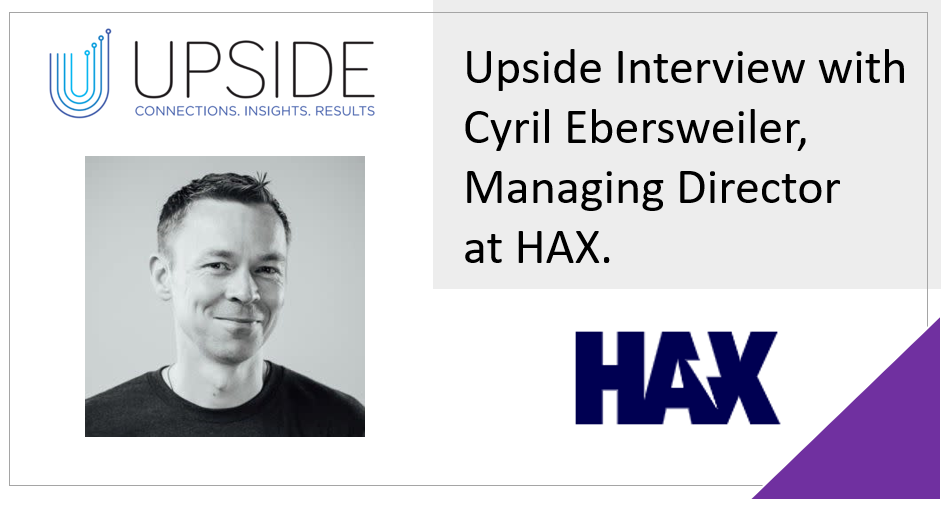
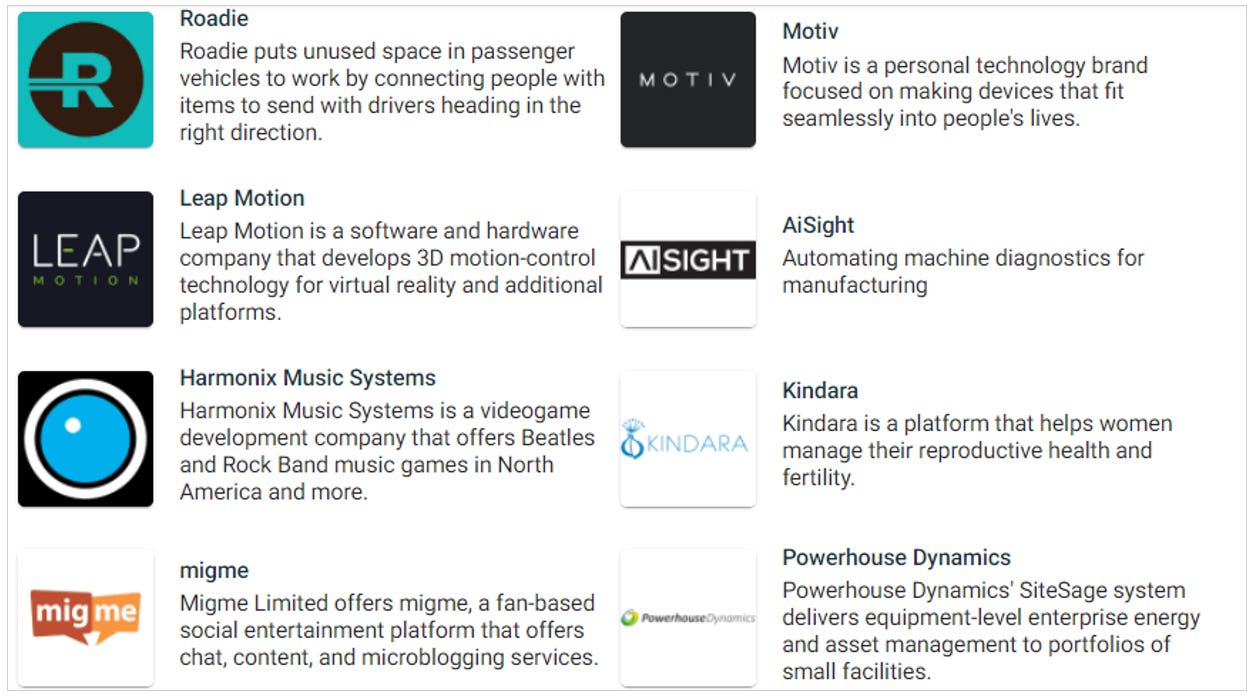
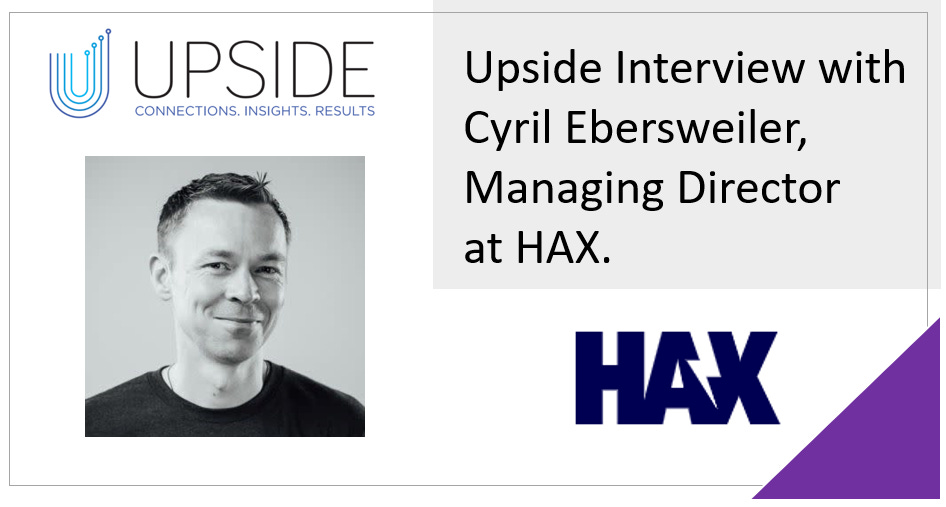


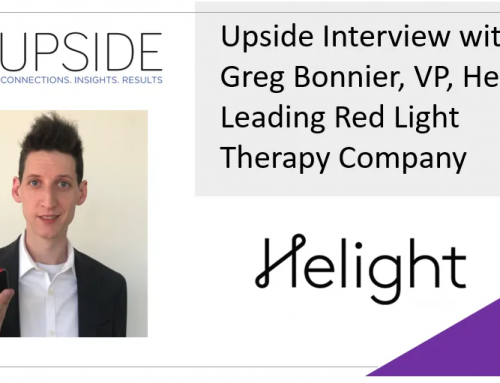
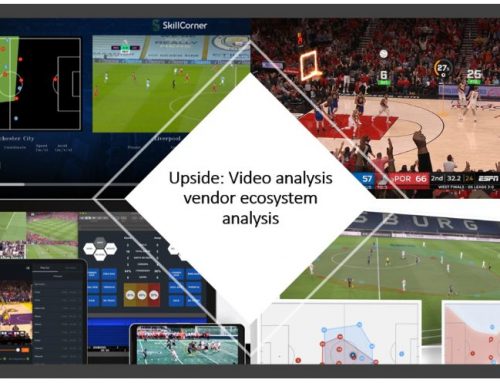
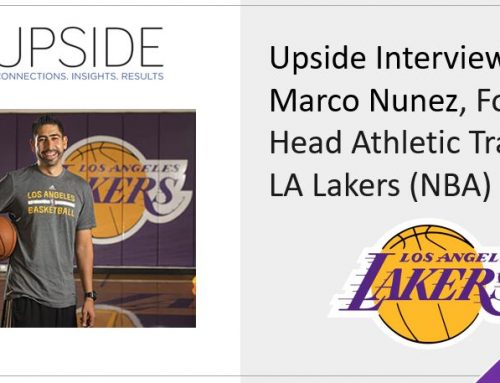
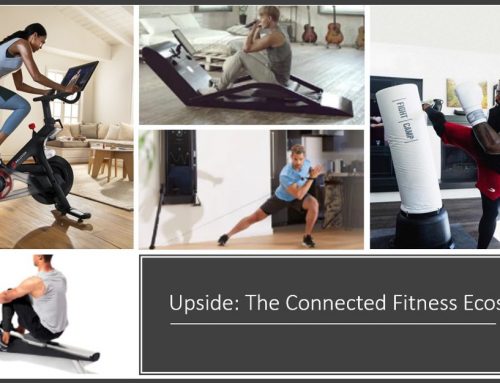
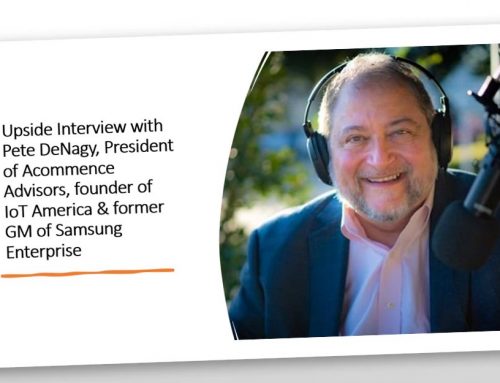

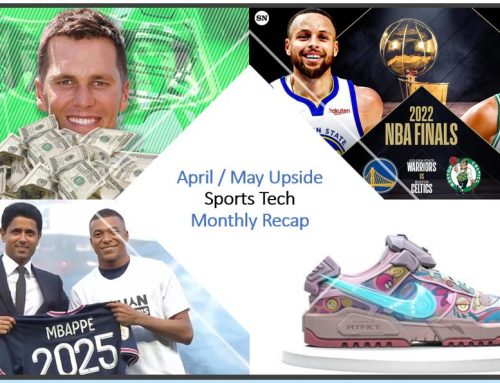
Leave A Comment
You must be logged in to post a comment.